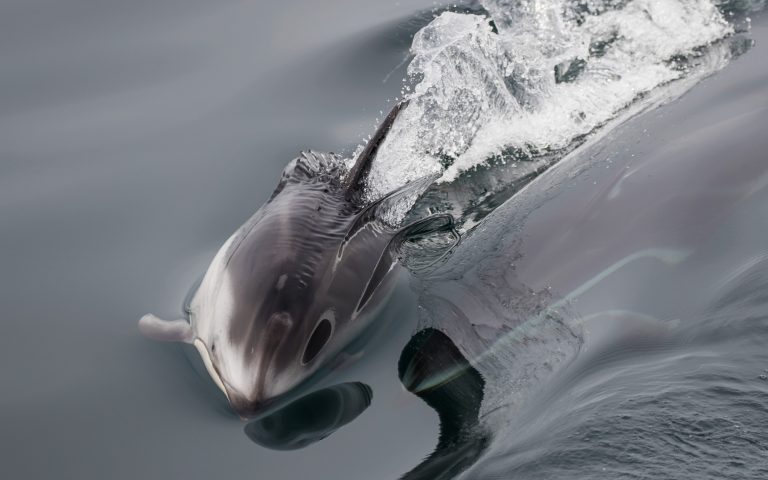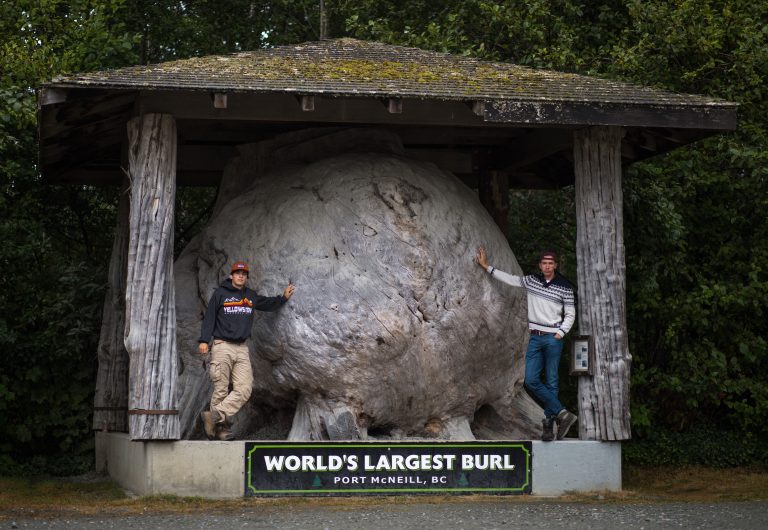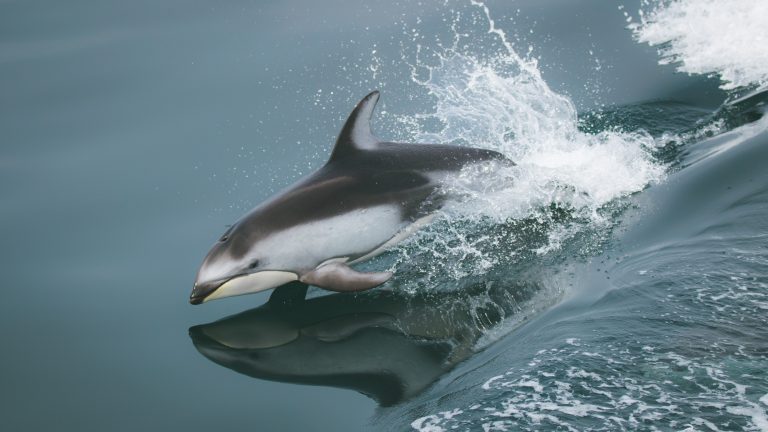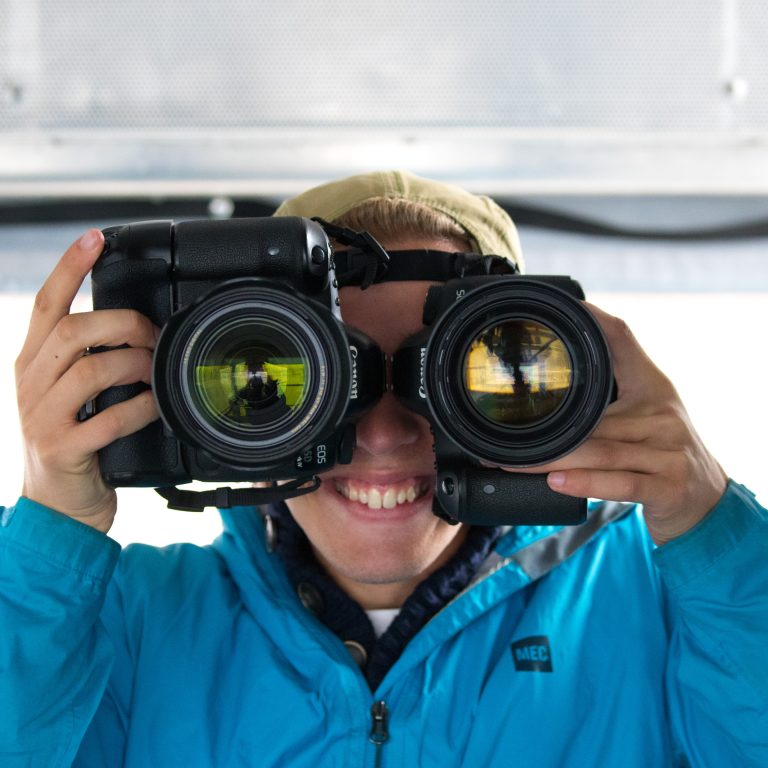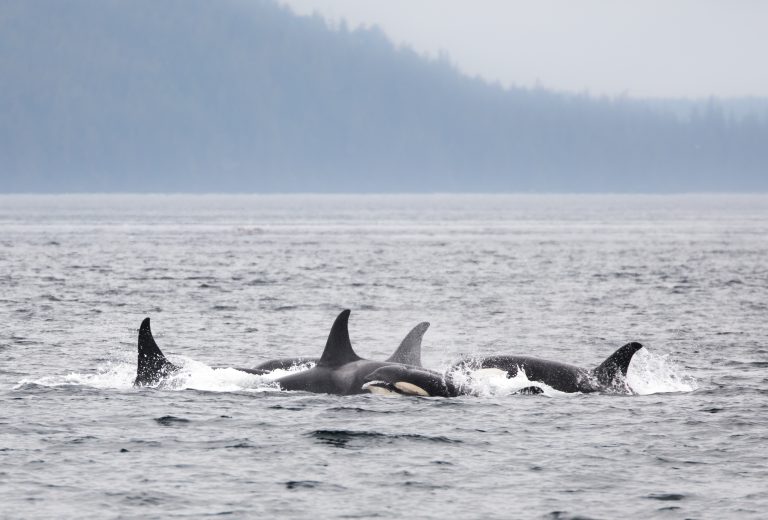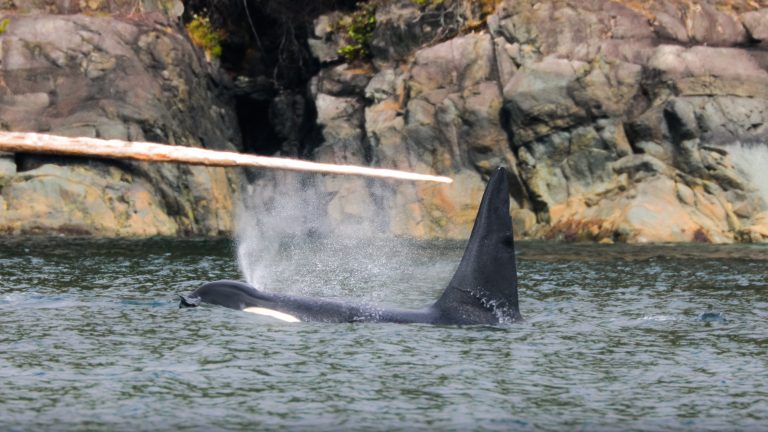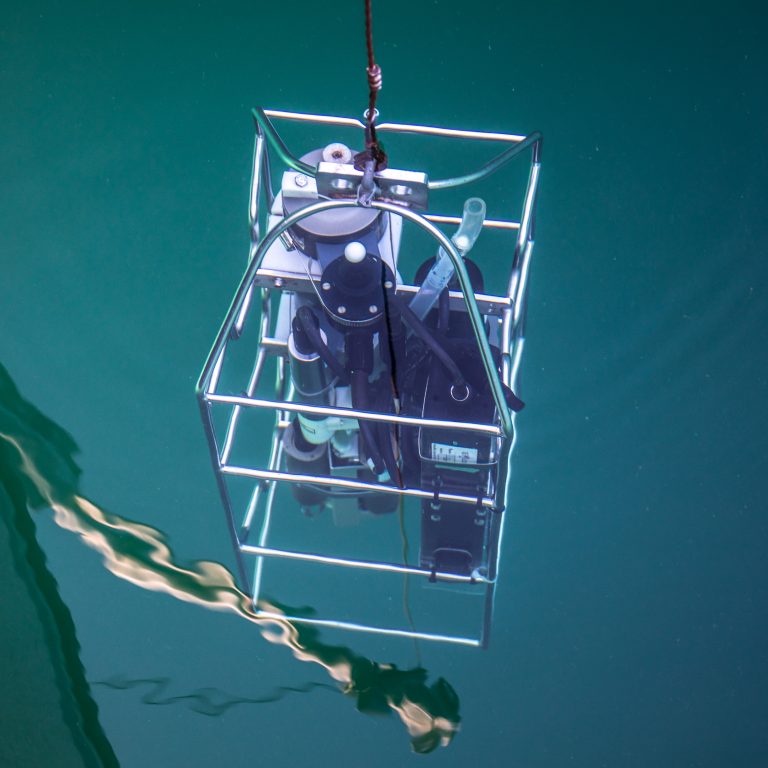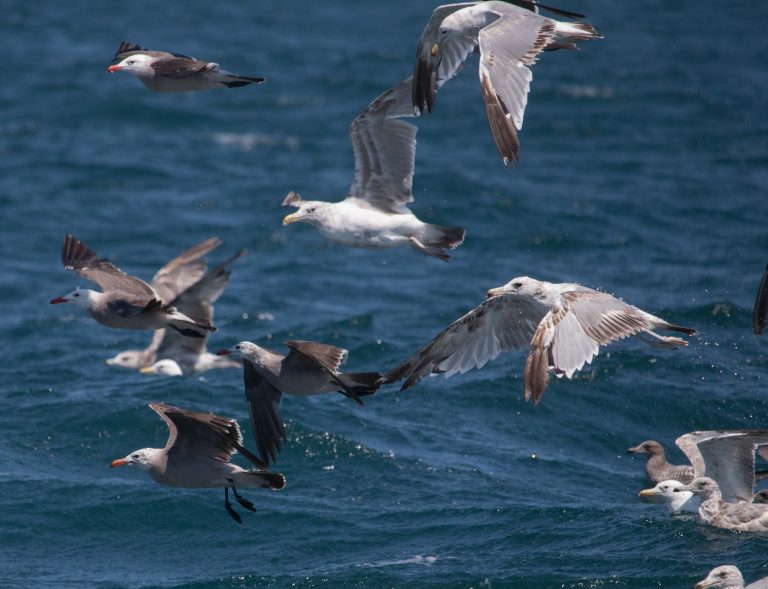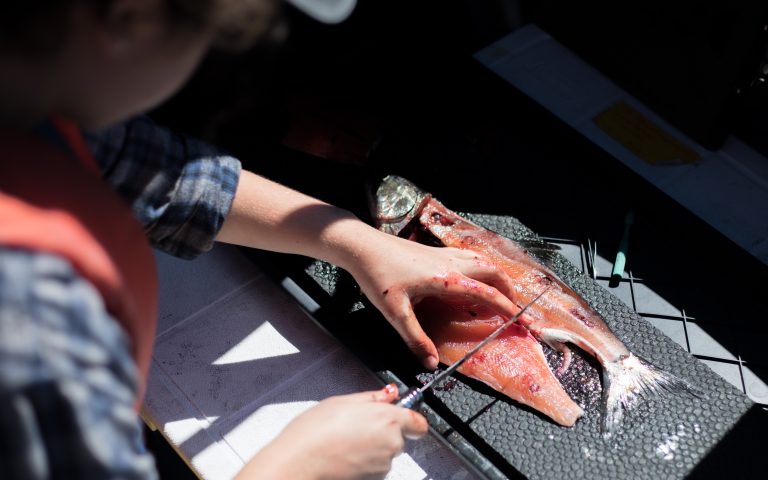Researchers Revealed explores new technologies that researchers are using to study the natural world. Following scientists from the Biodiversity Research Centre at the University of British Columbia, we travel from oceans to deserts and far-off jungles, uncovering the answers to some of our most pressing questions about life on Earth.
In Search of Salmon follows researchers Dr. Mei Sato and Dr. Andrew Trites as they use acoustic technology to eavesdrop on chinook salmon – a key food source for threatened southern resident killer whales. Producer Philippe Roberge got up at daybreak to join them:
Eavesdropping in the Juan de Fuca Strait
It’s 5 am as we head out onto the outermost pier, where our small research vessel awaits. Fog clings to the surface of the water as harbour seals play in the marina’s kelp beds below. Our team from UBC led by Dr. Mei Sato is on a mission to assess the availability of food for southern resident killer whales foraging in Juan de Fuca Strait. Mildly exhausted from our early-morning wake-up, the 6 of us cram into a boat, squeezing ourselves in amongst scientific equipment worth more than our cumulative annual salaries. Today we’re comparing the sizes of salmon we catch with the acoustic signals we see on the most expensive instrument on our boat – a special underwater sonar that will hopefully provide UBC’s Marine Mammal Research Unit with unprecedented levels of detail.
Chief scientist Dr. Mei Sato describes how it works: “[The sonar] uses four frequencies. The lower frequencies only detect large animals like salmon, while the higher frequencies pick up both large and small animals – a range that spans everything from salmon to zooplankton. We can subtract the different size classes of animals recorded by the different frequencies to separate fish from zooplankton.”
Commercial and sport fishermen have been using consumer-grade sonars to find fish and their bait for decades, but the accuracy of our sonar system is considerably higher. The sonar is so accurate in fact, that it is possible to discern between different fish species. In order to test the accuracy, however, we have to catch and measure the fish that show up on the reading to see if our prediction was right.
Some of the fish are also kept for further laboratory analysis. In order to prevent them from deteriorating under the July sun, a Co-op student Alicia Andersen dissects the specimens aboard the vessel. In less than 3 minutes the fish’s weight and length are measured, the gut and its contents are removed, tissue samples are extracted, and everything is stored on ice. The samples will be analyzed to assess nutritional content because prey quality is important for southern resident killer whales.
The Juan de Fuca Strait is the primary channel connecting the Salish Sea to the Pacific Ocean—and is often rougher than waters of the surrounding inlets, as the crew soon found out. As the wind battered our faces, the boat was rocked continuously by waves, and the horizon rose and fell along with our sea legs.
We passed a flock of gulls in some sort of frenzy and looked at our sonar to see that we were atop a large bait ball. By 5 pm, 12 hours after we started, we begin our return trip to the marina. Back in the harbour, we were greeted by the aptly named harbour seals as we tied the boat to its moorings.
Ultimately, the sonar will estimate fish populations in a non-destructive manner and allow the researchers to peer below the ocean surface to see whether there is enough prey for the southern resident killer whales that call this area home.
Behind the Scenes:
- Producer Philippe Roberge using a Canon 1DX Mk II to capture the fast action.
- A pacific white-sided dolphin swims just under the surface, with the water acting like a rudimentary lens.
- Producer Philippe Roberge and cameraman Christopher De Groot pose next to the worlds largest Burl.
- A pacific white-sided dolphin leaps out of the water at high speed.
- A humpback breaches the surface in a feeding event.
- Dr. Andrew Trites and fellow researcher Claudia Hernandez.
- Cameraman Christopher De Groot has some fun behind the scenes.
- A pod of resident killer whales in the Johnstone Strait.
- A bull killer whale surfaces for air in the Johnstone Strait.
- Sea sickness sets in!
- The CTD being lowered to measure conductivity, temperature and pressure (depth).
- A flock of sea birds takes flight.
- Alicia dissects a salmon for lab analysis.


